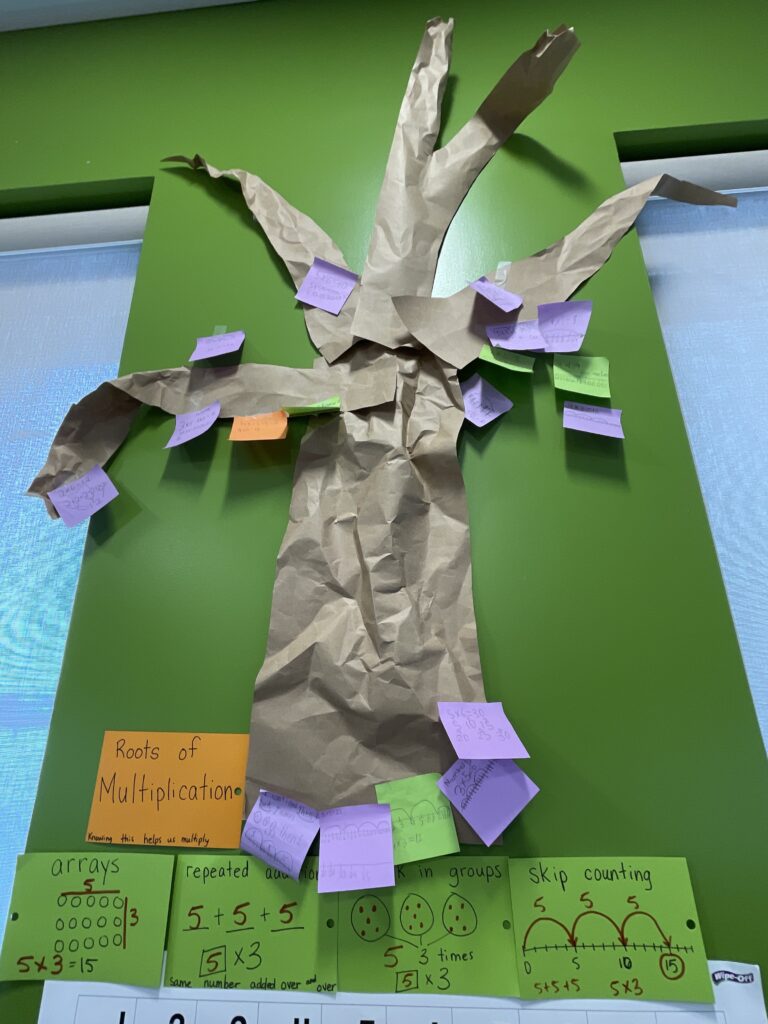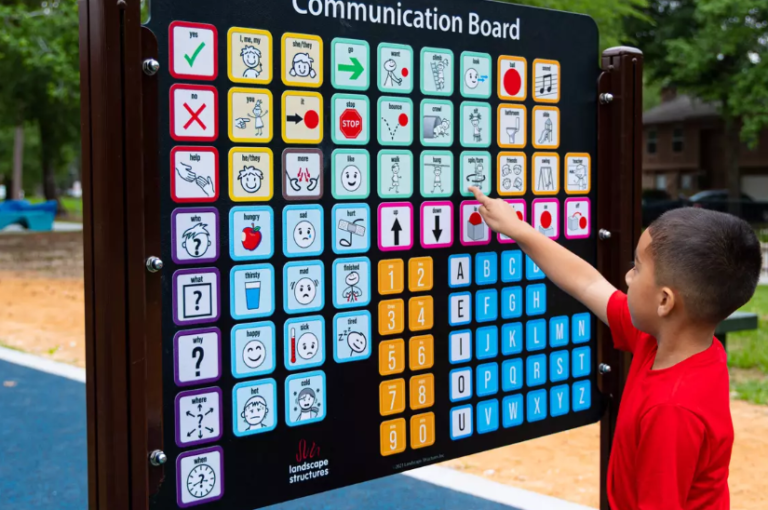Developing mathematical flexibility is critical in developing math fact fluency among students. As students advance through different grades in math, they are exposed to new concepts and strategies that expand their overall numerical understanding. As students deepen their connections with math facts, they become better equipped to draw on these connections when required to tackle problems efficiently and arrive at accurate solutions.
Christina Tondevold emphasizes that the strength of a student’s connections to a math fact is directly proportional to their ability to choose an optimal strategy and solve problems accurately. In essence, the more diverse connections a student has to a math fact, the more flexible they become in their approach to problem-solving in relation to that fact.
Dawne-Marie Hunter, a grade three teacher, has brought this understanding into her classroom by supporting her students to continually build an interconnected root system around their math fact knowledge. Students are encouraged to add their thinking to the collective root system, which leads to valuable conversations to which every learner can contribute.
Check out this video on “How Number Sense Impacts Math Fluency” by Christina Tondevold

The following are key resources Golden Hills teachers are using to bring this understanding to life in their learning spaces:
Math Fact Fluency: 60+ Games and Assessment Tools to Support Learning and Retention
by Jennifer Bay-Williams and Gina Kling
Number Talks: Helping Children Build Mental Math and Computation Strategies, Grades K-5 Book by Sherry D. Parrish








